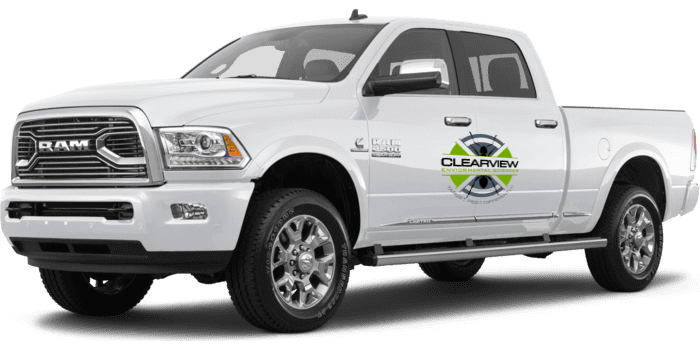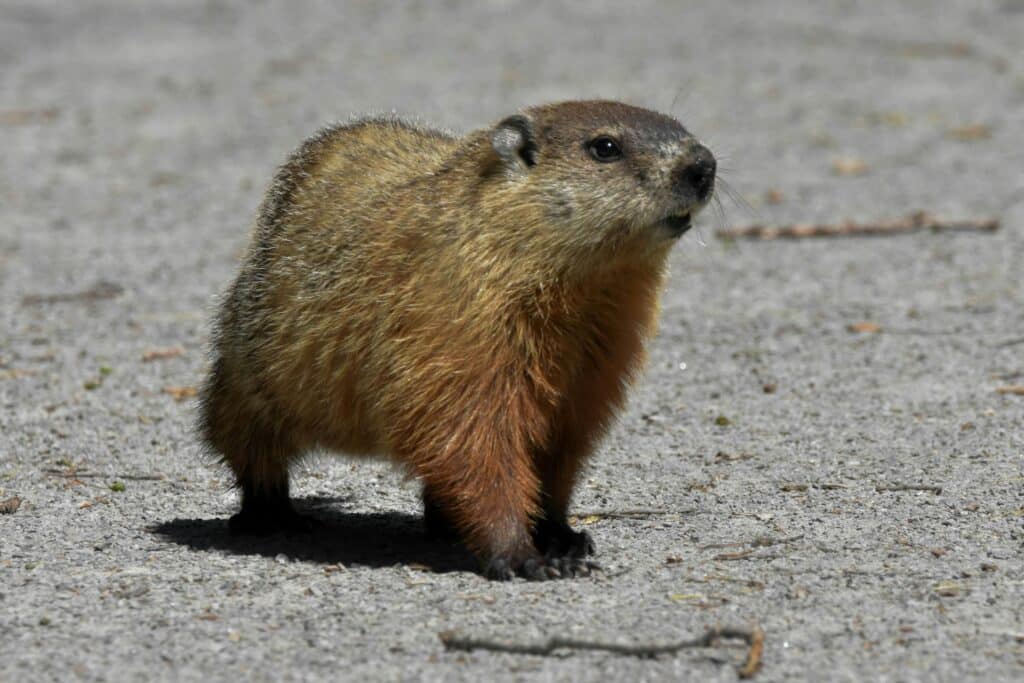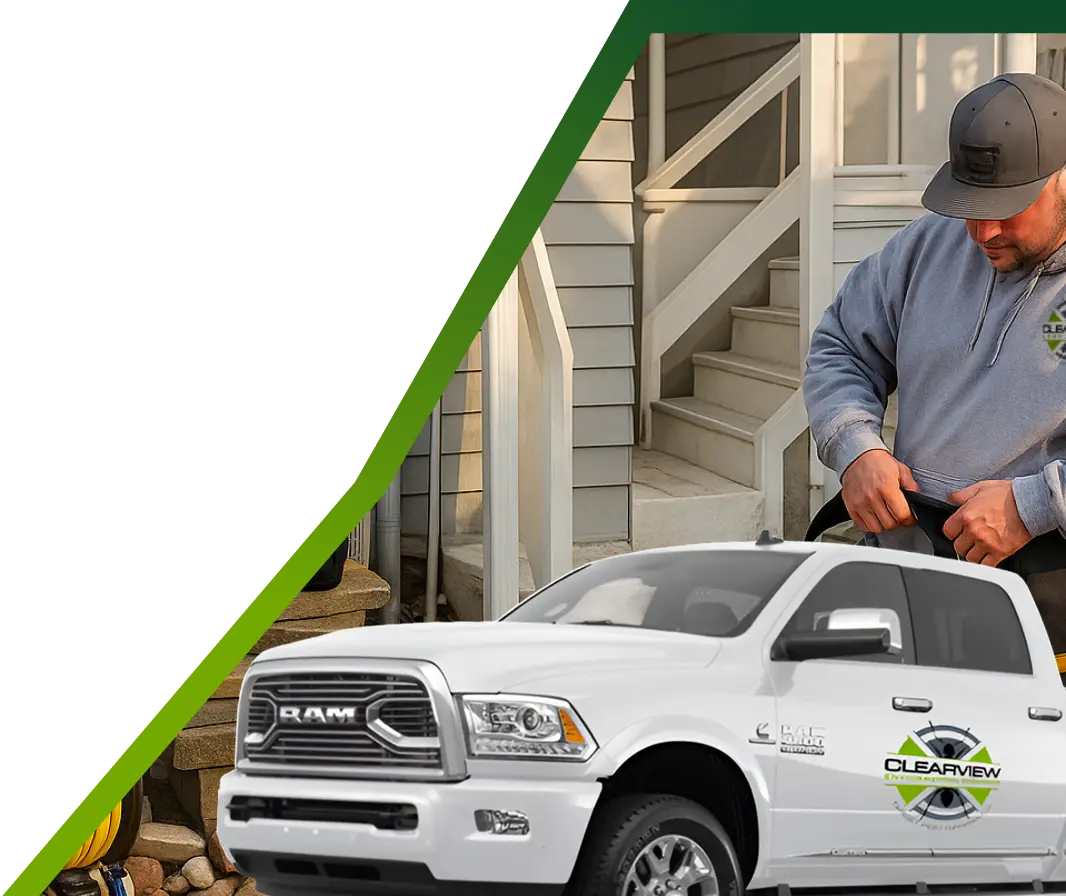In New Jersey, groundhogs, also known as woodchucks, are a common nuisance around homes, gardens, and open spaces. These burrowing rodents may seem harmless at first glance, but a groundhog infestation can result in significant property damage. From uprooted plants to destabilized foundations, their activity often goes unnoticed until the consequences become costly. Understanding their habits and knowing when to act is essential for protecting your landscape and structural investments.
This article explains how to identify groundhog activity, assess the risk, and manage the issue with the most effective strategies available.

Spotting the Signs of a Groundhog Infestation
Groundhogs are elusive animals, but they leave behind a clear trail of evidence. Their burrowing behavior can compromise soil stability and create visible disruptions in otherwise healthy landscapes. Recognizing these signs early can make the difference between a minor issue and a major problem.
Look for these common signs of a groundhog infestation:
- Large dirt mounds next to burrow entrances, often near fences, sheds, or home foundations
- Openings in the ground around 10 to 12 inches wide, often partially concealed by grass or vegetation
- Eaten plants or crops, especially vegetables, herbs, and soft-stemmed flowers
- Gnawed wooden structures, which groundhogs chew to maintain their constantly growing teeth
- Sunken areas in lawns or uneven terrain caused by underground tunneling
Groundhogs are diurnal, so you may spot them during daylight hours, particularly in the early morning or late afternoon. Their nests can extend over 30 feet underground, making early intervention key.
Why Groundhogs Pose a Serious Problem
Many homeowners underestimate the risks associated with groundhog activity. While they are not aggressive toward humans, groundhogs can cause structural damage and disrupt carefully maintained gardens. Their tunnels weaken the soil, which can lead to shifting decks, cracked patios, or compromised shed foundations.
They also present challenges in agricultural or landscaped areas. A single groundhog can consume large quantities of vegetation daily and may destroy garden beds or ornamental plants in a matter of days. Over time, their burrowing also attracts other pests such as skunks or voles that may use abandoned tunnels for shelter.
Given how quickly these animals adapt, a proactive approach usingintegrated pest management principles is often the most effective way to keep activity under control without relying on excessive chemical or reactive solutions.
Groundhog Behavior and Habitat Preferences
Groundhogs prefer open spaces with nearby cover, such as brush piles, fences, or buildings. They are most active from spring through early fall and enter hibernation in winter. During active months, they dig complex burrow systems that serve as shelter, food storage, and nesting space.
These pests thrive in soft, well-drained soil and are drawn to areas where food sources are plentiful. Gardens, compost piles, and overgrown lawns are especially attractive to groundhogs, as are shaded spots under decks, porches, or outbuildings. Their routine includes foraging during the day and returning to the same burrow over months or even years unless disrupted.
Burrows may have multiple entrances and can extend beneath lawns, driveways, or foundations. Once established, a colony may return season after season, making long-term prevention critical.
Best Practices for Managing Groundhog Activity
Addressing a groundhog infestation takes more than blocking holes or scattering repellents. Long-term success involves habitat modification, exclusion, and humane removal techniques. These strategies are most effective when applied early and consistently.
Recommended management practices include:
- Install underground fencing around gardens or structures to discourage digging
- Keep grass trimmed and clear brush to reduce groundhog cover and nesting opportunities
- Secure compost piles and trash bins to eliminate attractants
- Remove unused woodpiles and debris, which provide shelter for burrows
- Avoid sealing burrow entrances without verifying that the animal is gone, as this can cause additional digging or trapping
Although DIY efforts might deter some initial activity, they rarely eliminate the problem. Persistent infestations often require trained specialists who can assess the property, identify risk factors, and implement targeted solutions. Professionals also understand the legal and environmental considerations that apply when relocating wildlife.
To better understand expert approaches to managing these pests, you can exploregroundhog control strategies that focus on safety, sustainability, and efficiency.
Why Expert Assistance Makes a Difference
Tackling a groundhog infestation may seem straightforward, but these animals are clever, resilient, and adaptable. Trapping and relocating groundhogs must be done in compliance with state guidelines, and missteps can lead to injury, property damage, or animal distress. Professionals use safe, humane methods and have the experience to anticipate groundhog behavior, ensuring thorough removal and minimizing the chance of re-entry.
Moreover, experts often combine removal with exclusion tactics, soil restoration, and long-term deterrents to prevent repeat issues. They understand how groundhog activity varies by season and property type, and can recommend personalized plans to protect vulnerable areas of your home or landscape.
Reclaim Your Yard Before Burrowing Gets Worse
Groundhogs can go from curious visitors to costly invaders in a short time. Their tunnels and feeding habits put your landscape, garden, and structures at risk. The most effective way to protect your property is by identifying signs early and seeking help from professionals who understand the complexity of wildlife removal.To schedule an expert inspection or learn more about reliable solutions for burrowing pests, contactClearview Pest Control and let our team help you take back control of your space.



